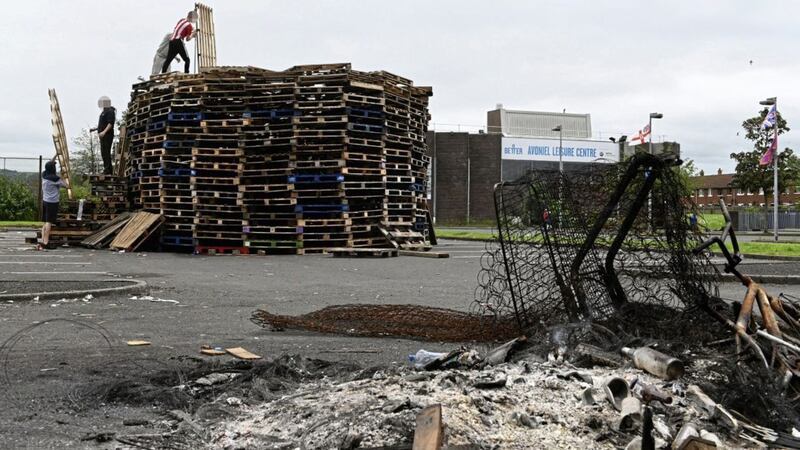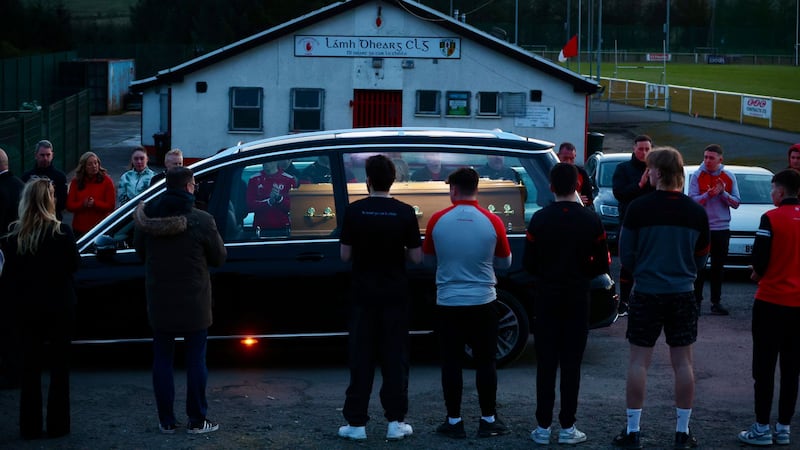IT MAY only be September, but it appears for some preparations are already beginning in getting to grips with bonfire season 2020.
While many pyres across the north pass off peacefully, some annually cause controversy due to safety fears, environmental concerns and offensive displays.
Among the most prominent has been east Belfast's Bloomfield Walkway bonfire, with concerns raised over its size and proximity to nearby homes.
Various strategies have been deployed over the years in a bid to curb the bonfire.
In 2017, it was among four pyres targeted in a landmark court injunction secured by Belfast City Council aimed at stopping them getting any bigger. Further legal action was taken last year which led to masked contractors being sent to remove the pyre.
Although denied by councillors and never explicitly stated by the council or Stormont's infrastructure department, the landscaping work along Bloomfield Walkway appears, at least in part, to be the latest strategy.
The works closed off the public walkway for the entire summer, and the conversion of flat land to small hummocks would appear to make stacking pallets for a bonfire more difficult.
The quiet engineering of contentious bonfire sites out of existence is an approach that looks set to become more common.
East Belfast's Avoniel Leisure Centre, where a bonfire this summer became a focus of tensions, is due to be refurbished next year to become a soccer sports centre, including plans for five-a-side pitches where the pyre is usually sited.
There have also been discussions about developing the disused Hope Street site off Sandy Row, where a bonfire in 2017 caused damage to an apartment block.
This strategy can only work with proper community buy-in. Bonfires are a fondly held tradition for many unionists, so anything seen as an attempt to do away with this could face fervent opposition.
Last month, threats were made against builders working on new 3G football pitches at a bonfire site as part of the old Robinson Centre redevelopment in east Belfast. Councillors had been told contractors were allegedly threatened by the UVF.
A cross-party solution to tackling contentious bonfires seems a distant prospect.
The Commission on Flags, Identity, Culture and Tradition – a Stormont body set up in 2016 to address issues including bonfires – was supposed to report within 18 months but has so far failed to reach agreement.
Its co-chair Professor Dominic Bryan has said he believes the panel, which includes political representatives from the main parties, was possibly given "too big a brief".
But even if a report is ever agreed, the absence of a power-sharing executive at Stormont means it looks set to gather dust.








